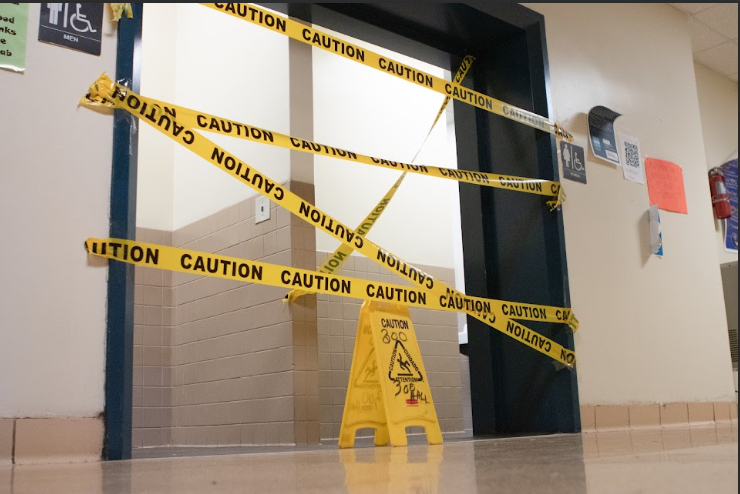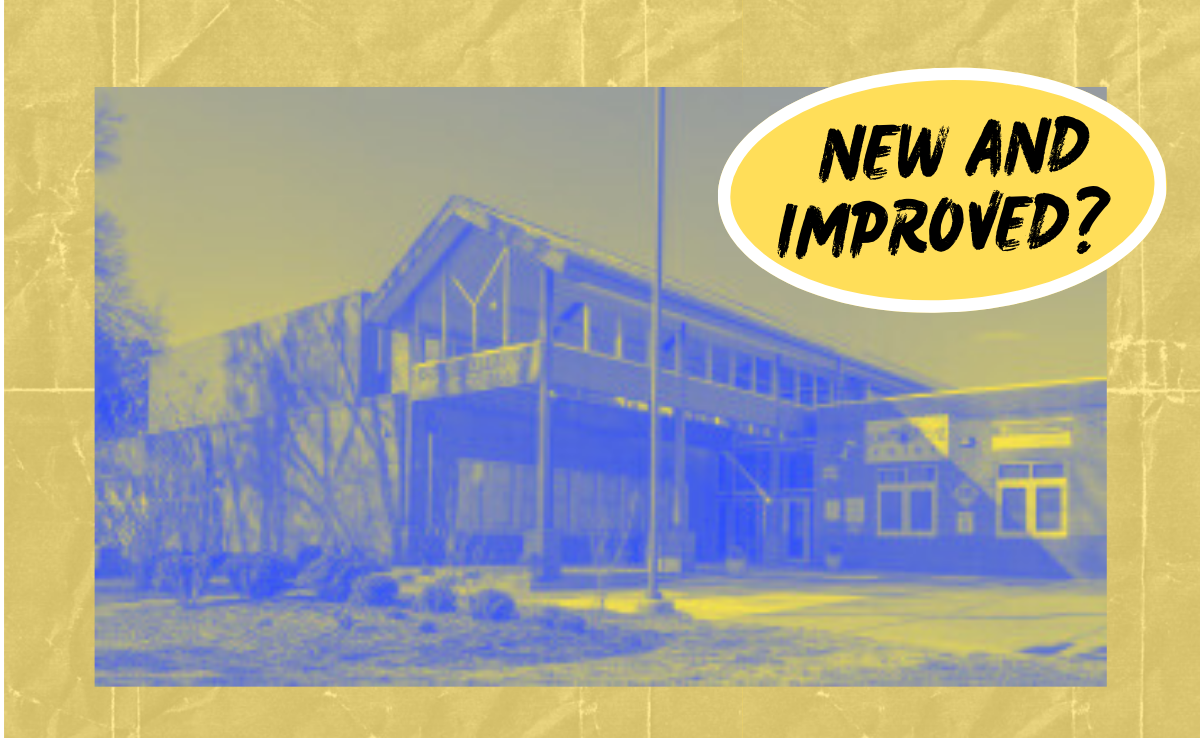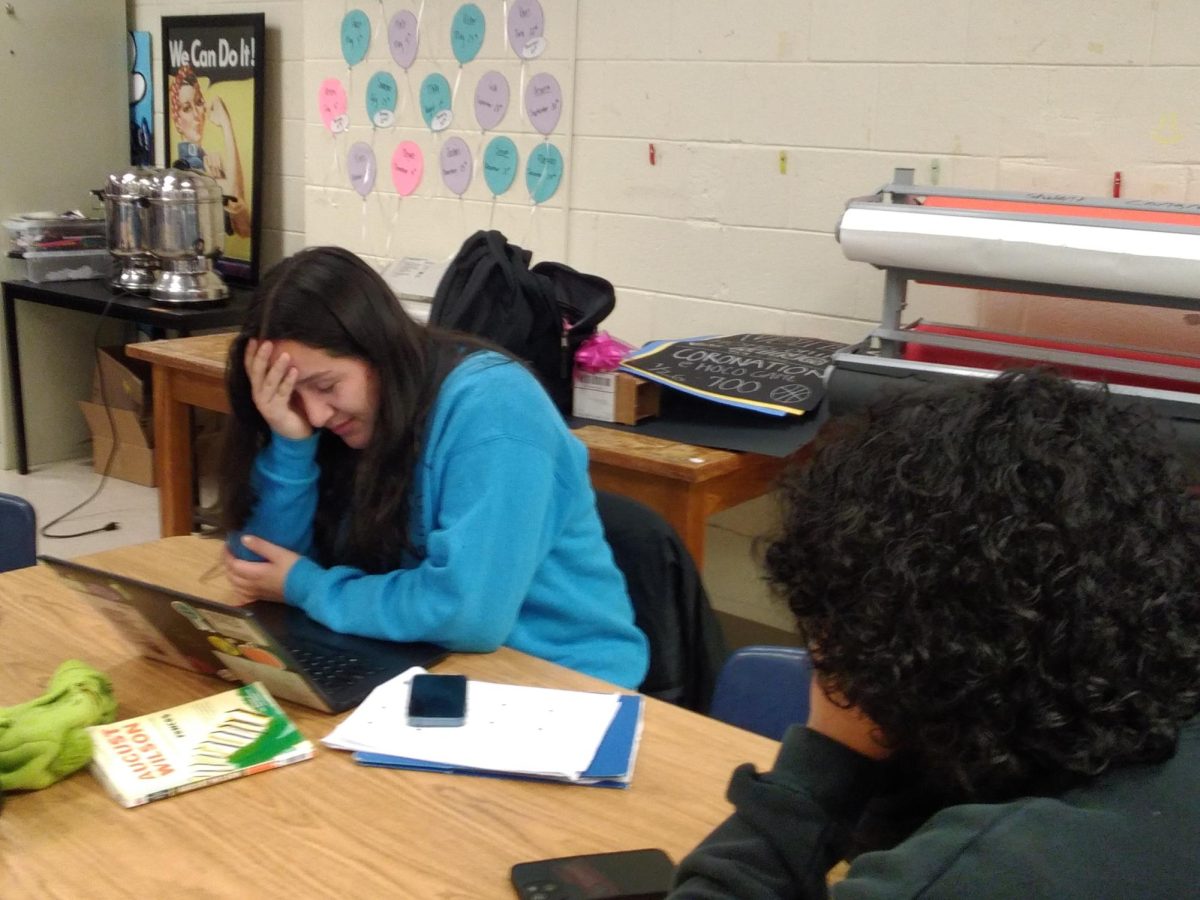As president, Donald Trump plans to close the Department of Education and implement
new and stronger policies. As a part of the public school system, we are all directly affected by this. It’s important for us to understand what exactly it means if Trump’s plan comes to fruition.
For the Department of Education to actually be shut down, Trump must first have congressional approval, including a supermajority– 60 out of 100 senators. While this might seem like a hard feat, history has proven that anything can happen, so it’s important to be prepared for anything.
The Department has never been shut down before, but there have been attempts to do so in the past. It was established by 39th President Jimmy Carter in 1980, making it a relative newcomer in the realm of other Cabinet-level departments and agencies. Even though its history is shortlived, 40th President Ronald Reagan began plans to dismantle it only a few short years later. He eventually changed his mind and nothing came from his proposals.
Trump’s plan to “save American education,” in his words, is very exhaustive, with many parts referencing what’s being taught inside the classroom and our capabilities at school. He’s said in a recent video announcement that he wants to take control away from the “Radical Left maniacs,” and to hand the agency’s powers to the states.
Despite his wishes for state control of American education, he has a long list of requirements for a “pro-American” education that would essentially mean that the federal government has control over it anyway. For example, Trump plans to cut federal funding for programs teaching Critical Race Theory, gender ideology, or other inappropriate racial, sexual, or political content. His plans are not only incredibly vague, but focus on getting rid of a curriculum that isn’t taught in schools.
Critical Race Theory examines the ways in which racism is present in society and institutions such as employment and healthcare. In spite of this definition, many people view the concepts as an attempt to convince white people that they are inherently racist and should feel guilty because of their systematic advantages. The theory itself has become a catchall term for discussions involving racial concepts that some conservatives find offensive. Over time, the idea of it has transformed from an academic discussion to political discourse. Because Trump pledges to remove the teaching of this theory, it is essential to address the fact that we do not teach it here at East, nor is there evidence that it’s being taught to K-12 public school students. Regardless, we and many other schools are at risk of funding cuts because of these assumptions.
The closing of this Department can potentially contribute to the teacher shortage. These new plans entail certifying teachers that “embrace patriotic values,” which is vague. How exactly do we define “patriotic values” and who decides what definition we use and what biases they might have? A patriot used to be defined as a person who takes up arms and defends their country, but it’s also seen as someone with a devotion to their country. There are many different interpretations of patriotism, and maintaining a staff with “patriotic values” without explicitly defining it seems controversial. This blurred terminology may deter or confuse aspiring teachers and make them wary of their chosen profession.
Additionally, there are plans to drastically cut a number of administrators, an action that would severely impact East Meck as a result. Not only are class sizes rising each year, but we are losing more teachers and faculty as well, and cutting more on top of that may be cause for concern.
Any one of these policies, along with those not mentioned in this article, will not only affect us as students in the public school system, but also those of us in college or looking to apply.





